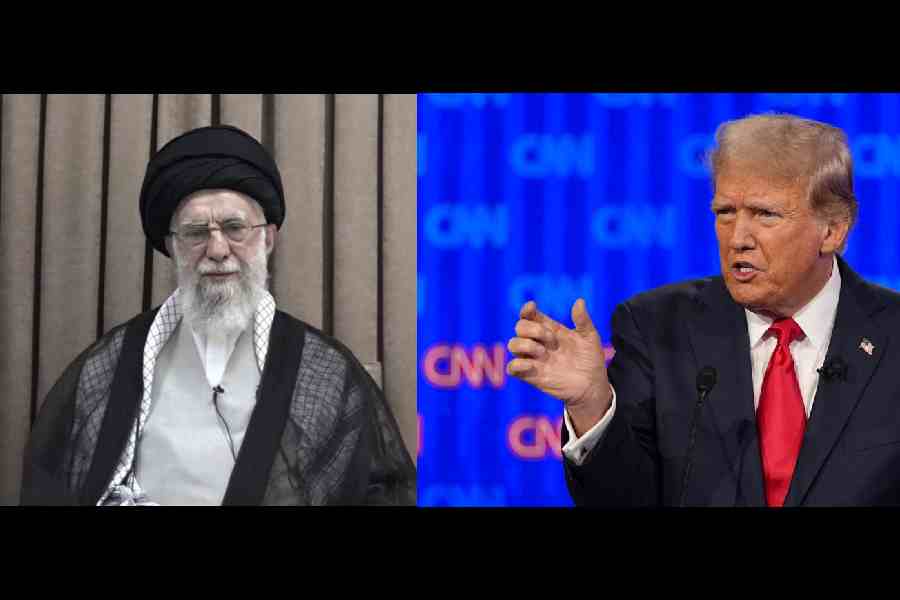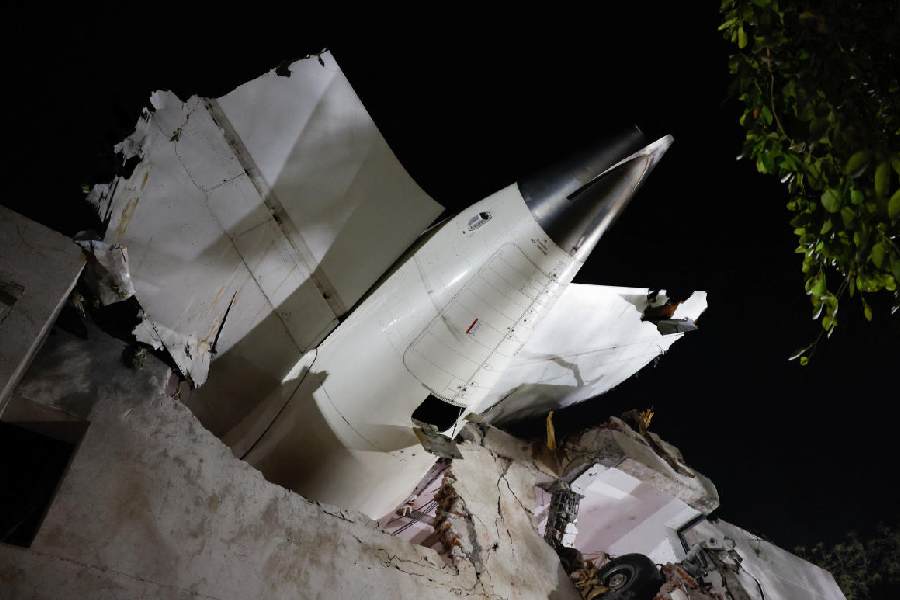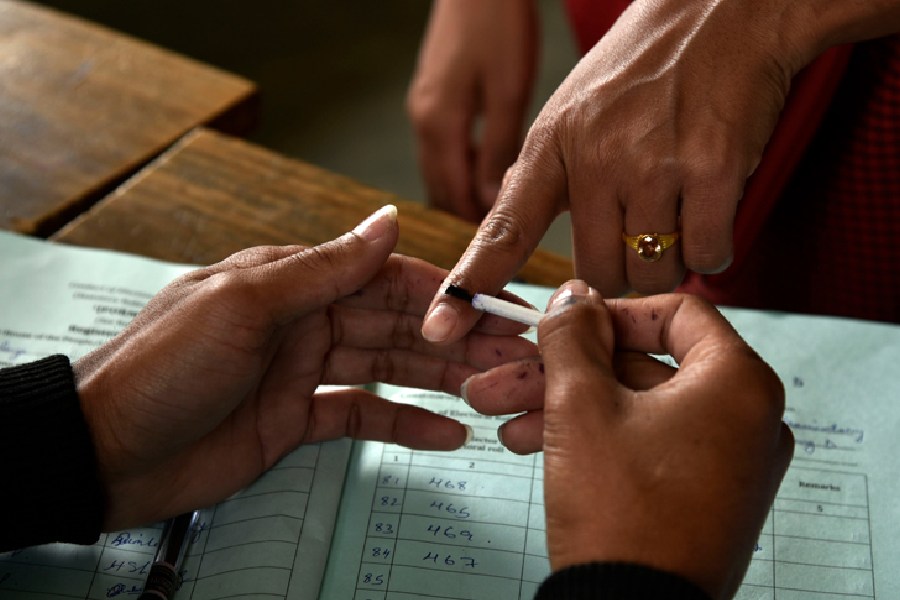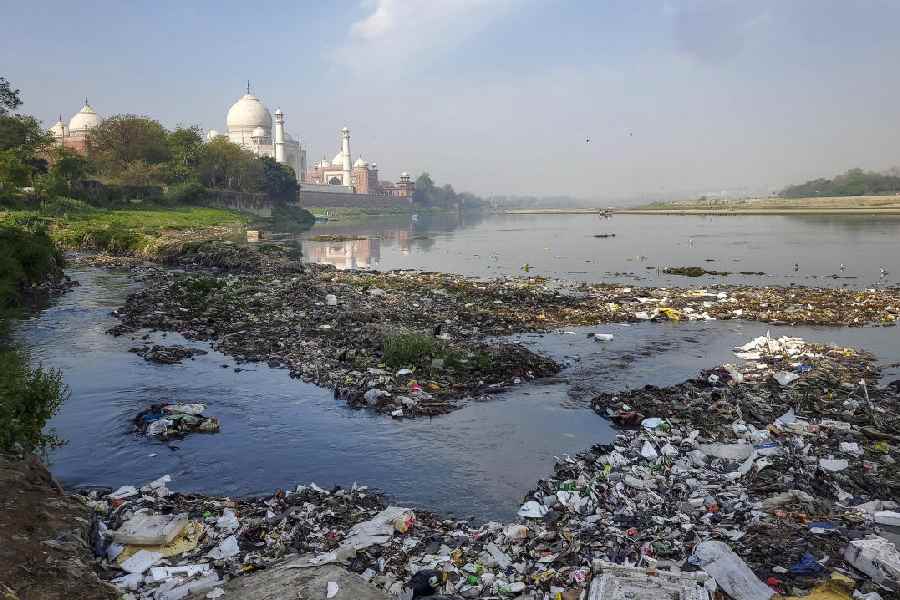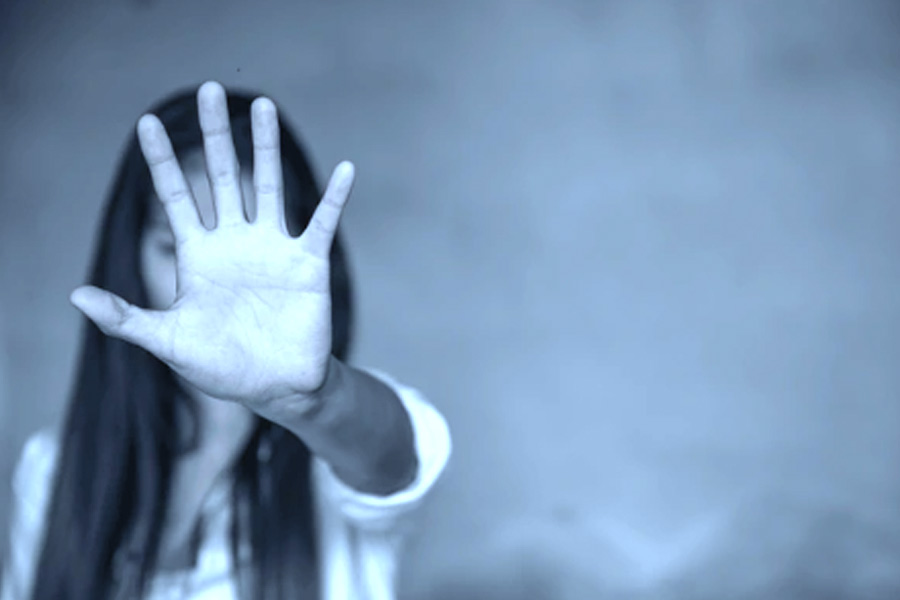 |
| The winding road to Khardung La is surrounded by snow-washed mountains |
Some 30km above and beyond the town of Leh, where the metalled all-weather road snaking up the lofty, snow-washed mountains gives way to a bombed-out dirt-track, I get my first attack of high altitude hypoxia.
All of a sudden, my head spins, my vision doubles, and I’m left perilously short of breath, despite doing little more than sitting snugly in a car and taking in the sublime views that surround me at 17,000ft.
I gasp for breath, but the rarefied air has little life in it for my lungs to feed on. Even lifting my camera to my eyes becomes a laborious task. I turn to Ahmad, my driver, and ask him — in a half-garbled way — if he might know how long I have to live.
“Oh no problem!” laughs Ahmad, as he casually pushes the car into first gear and hurtles it up the hill. “Everyone have this. Common problem for people coming from plains. But it go very soon.” Spry as a twig, he cuts a sharply contrasting figure to the bundle of misery that’s me — but you’ve got to consider that as a resident of Leh, perched 12,000ft up in the mountains of Ladakh, he’s naturally acclimatised to the altitude. “Just relax.” Which, of course, I can’t.
 |
| A view of Leh from Leh Palace |
However, my pronounced discomfort notwithstanding, I’m in no mood to urge Ahmad to beat a retreat. The reason? Barely 10km up this bumpy trail lies Khardung La, famous as one of the world’s highest motorable mountain passes. Straddling an icy ridge 18,380ft high, it connects Leh to the remote valleys of Nubra and Siachen, and is routinely traversed by adventurers on their Enfield motorcycles and army personnel journeying in their olive green trucks. Even to fraud adventurers like me, it holds ample appeal — if only as a sort of ‘been there’ place. Give or take a few breaths, that’s where I am now headed.
The idea to inch up to Khardung La popped into my head a day ago, while I was sitting among a motley crowd of locals, monks and backpackers at the Hemis Monastery on the outskirts of Leh, soaking up the vivid sights and sounds of the colourful Hemis Festival.
Organised by the monks of the Hemis Monastery, the three-day event — held around the turn of June every year — is one of the biggest events on Ladakh’s social calendar. Open to all, it commemorates the birth of the Buddhist guru Padmasambhava through a delightful show of dance, music and ritual.
 |
| Tsemo Castle is a 15th-century fort, built by the kings of Leh, on the road to Khardung La |
The weather, incidentally, had greyed slightly through the festivities, and happened to be the subject of discussion among a group of American backpackers sitting behind me. They were planning to go to the Nubra Valley, but were unsure since they’d heard it had snowed through the night in Khardung La, blocking the road that ran over it.
“Maybe we could go up there and see for ourselves,” one of them pondered about their chances of making it through. “If nothing else, we could get a few nice snaps.”
Suddenly, it seemed like all the reason that I needed to head up to the pass. I discussed the idea with Ahmad on my way back from the monastery. Delighted at the prospect of extracting another day’s wages from me, he agreed straightaway.
So that’s how I’ve now come to suffer and suffocate in Ahmad’s cab, cursing myself for being foolhardy, alarmed at the prospect of never seeing my loved ones again. We’re still 3km short of the pass and have already survived two near-death situations where making way for passing army vehicles has led to our wheels skidding over the loose rubble that flanks the track on the cliff-side.
To make things worse, the temperature has now dipped drastically, and an icy gale has started. The road gets wetter as we ascend, the snowmelt forming puddles on its surface that impedes progress considerably. I wonder through clenched teeth if this isn’t the worst mortal experience I’ve ever been through.
 |
And just then, Ahmad steps hard on the gas and gives the steering wheel one final turn to swerve the car up a sharp turn and onto a flat clearing atop the mountains. “Yes!” he shouts with a hint of triumph and finality, and despite my fuzzy sensibilities, I can tell that there’s nowhere higher for us to go.
A signboard stands to our right, proclaiming ‘Khardung La Top, 18,380 feet’. Rows of Buddhist prayer flags flutter against an azure sky.
Nameless peaks tower all around us, their snow-covered surfaces accentuated by the glow of an afternoon sun. The atmosphere (forgive the quip) is breathtaking. I realise, despite my fatigue and weariness, that in the end, it’s all been worth it.
Ahmad has meanwhile killed the engine, allowing me to step out of the car and hobble slowly forward through the snow and sludge. We’re smack on the top of the ridge and ahead of us, the mountain falls away sharply to finally merge with a distant valley. “That’s Nubra valley”, says Ahmad wistfully, walking up behind me. “Maybe we go the next time you come?”
I nod with considerable difficulty, as Ahmad, realising my needs, whisks me away to a nearby tea stall. A few cups of steaming tea do the trick — my senses soon come back to life, and despite the continued wheezing, I can now finally properly appreciate the surreal landscape that surrounds me.
Soon, I am so engrossed with the views that I forget we have to leave, and it takes some honking from Ahmad to force me out of my stupor. Walking back to the car, I am briefly reminded of the bone-rattling discomfort that I had to sit through all the way up here, andwhich now awaits me down the road to Leh.
But this time around, I’ve so had my fill with the wonders of nature, that I don’t care if I die.
Ready reckoner
 |
Getting there: Delhi to Leh is a 90-minute flight. Cabs ferry to and from Khardung La, 40km from Leh, for around Rs 1,500.
Staying there: Accommodation in Leh ranges from budget fleapits to luxury resorts — take your pick.
Tips: Acclimatisation is necessary. Rest properly, and drink lots of water.


